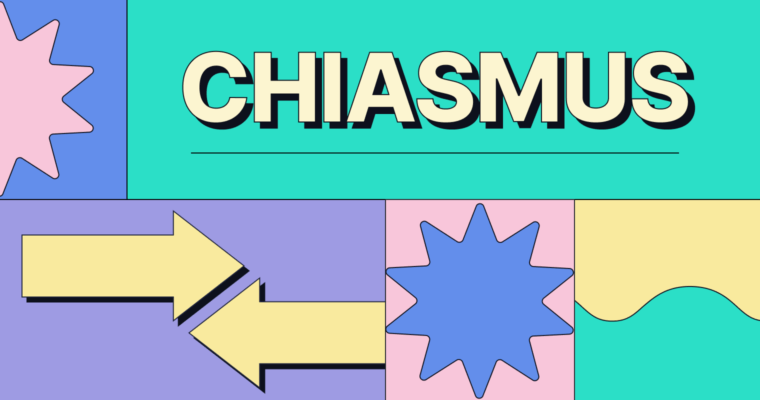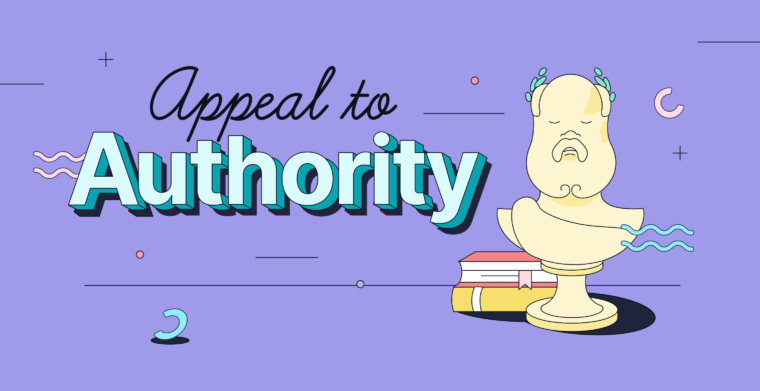
A polysyndeton is a rhetorical device in which conjunctions are repeated between words in a sentence.
Even if this is the first time you’ve read the word polysyndeton, you’ve most likely read or heard famous examples of writers repeating conjunctions. We’ll dive deeper into what polysyndeton is, why writers use it, the difference between polysyndeton, asyndeton, and syndeton, and examples of polysyndeton in literature.
What is polysyndeton?
Polysyndeton is the use of repeated conjunctions between words or clauses in a sentence to emphasize what’s being said. The word polysyndeton, pronounced poly-syn-de-ton, comes from the Ancient Greek word polysyndetos, which means “bound together.”
Writers use polysyndeton to emphasize words or phrases; for example, take this well-known polysyndeton:
“Neither snow nor rain nor heat nor gloom of night stays these couriers from the swift completion of their appointed rounds.”
—US Postal Service motto
The repetition of the conjunction nor forces the speaker or reader to slow their rhythm and emphasizes the weather elements postal carriers endure while on the job.
Let’s read it without the repeated conjunctions:
“Neither snow, rain, heat, nor gloom of night stays these couriers from the swift completion of their appointed rounds.”
The original sentence is more emphatic than the second example, whose faster rhythm gives you less time to take in the severity of the conditions. Its polysyndeton is one of the reasons why people remember the phrase more than 100 years after it was inscribed on the facade of a New York postal office.
Because it adds emphasis, polysyndeton should be used sparingly in your writing. The device could lose its effect if overused.
Other polysyndeton uses
Polysyndeton can also be used to convey feelings of nervousness or anxiety by overloading the reader with short bits of information. Here’s an example from “After the Storm,” a short story by Ernest Hemingway.
“I said, ‘Who killed him?’ and he said ‘I don’t know who killed him, but he’s dead all right,’ and it was dark and there was water standing in the street and no lights or windows broke and boats all up in the town and trees blown down and everything all blown and I got a skiff and went out and found my boat where I had her inside Mango Key and she was right only she was full of water.”
The quick bursts of and allow Hemingway to convey the chaos the characters are experiencing.
You can also use polysyndeton to create a more childlike voice. Think of your two-year-old cousin who talks like this:
“And then we went to the park, and then we got ice cream, and then we ate the ice cream, and then . . .”
Polysyndeton vs. asyndeton vs. syndeton
Polysyndeton isn’t the only literary device that bends the writing rules when it comes to conjunctions.
An asyndeton omits conjunctions to change a sentence’s tone by speeding up a speaker’s or writer’s words. Like polysyndeton, asyndeton may be used to emphasize what’s being said.
Example: “Consciousness of place came ebbing back to him slowly over a vast tract of time unlit, unfelt, unlived.”
—James Joyce, A Portrait of the Artist as a Young Man
Asyndeton is best deployed to emphasize a sentence; use polysyndeton to emphasize the individual words or phrases connected by the conjunctions.
A syndeton is a phrase bound together by a conjunction, and the effect is to make a sentence or phrase direct and clear.
Example: “I do not like green eggs and ham.”
—Dr. Seuss, Green Eggs and Ham
A sentence can be written as a polysyndeton, an asyndeton, or a syndeton depending on the writer’s intention. We’ll write the same sentence three different ways to see how it changes the tone and rhythm.
Reduce, reuse, and recycle.
This is a syndeton, and it’s very direct and reads like a list or set of directions.
Reduce, reuse, recycle.
This is an asyndeton, and its conciseness makes it easier for people to remember.
Reduce, and reuse, and recycle.
This is a polysyndeton, and the slower rhythm emphasizes the importance of each word.
While each sentence is grammatically correct, the tone changes depending on whether it’s written as a syndeton, an asyndeton, or a polysyndeton.
5 examples of polysyndeton in literature
“Let the whitefolks have their money and power and segregation and sarcasm and big houses and schools and lawns like carpets, and books, and mostly—mostly—let them have their whiteness.”
—Maya Angelou, I Know Why the Caged Bird Sings
“If there be cords, or knives, or poison, or fire, or suffocating streams, I’ll not endure it.”
—William Shakespeare, Othello
“And God said, Let the earth bring forth the living creature after his kind, cattle, and creeping thing, and beast of the earth after his kind: and it was so. And God made the beast of the earth after his kind, and cattle after their kind, and everything that creepeth upon the earth after his kind: and God saw that it was good.”
—Genesis 1:24–25 (AV)
“There were frowzy fields, and cow-houses, and dunghills, and dustheaps, and ditches, and gardens, and summer-houses, and carpet-beating grounds, at the very door of the Railway. Little tumuli of oyster shells in the oyster season, and of lobster shells in the lobster season, and of broken crockery and faded cabbage leaves in all seasons, encroached upon its high places.”
—Charles Dickens, Dombey and Son
“Oh, my piglets, we are the origins of war—not history’s forces, nor the times, nor justice, nor the lack of it, nor causes, nor religions, nor ideas, nor kinds of government—not any other thing. We are the killers.”
—The Lion in Winter (film)
Polysyndeton FAQs
What is polysyndeton?
A polysyndeton is the repeated use of conjunctions to emphasize a set of words, phrases, or sentences.
How does polysyndeton work?
A polysyndeton works by forcing the reader or speaker to slow their rhythm, which gives equal emphasis to the words or phrases linked by the repeated conjunctions.
How does polysyndeton differ from asyndeton?
A polysyndeton repeats conjunctions, while an asyndeton omits conjunctions altogether.






